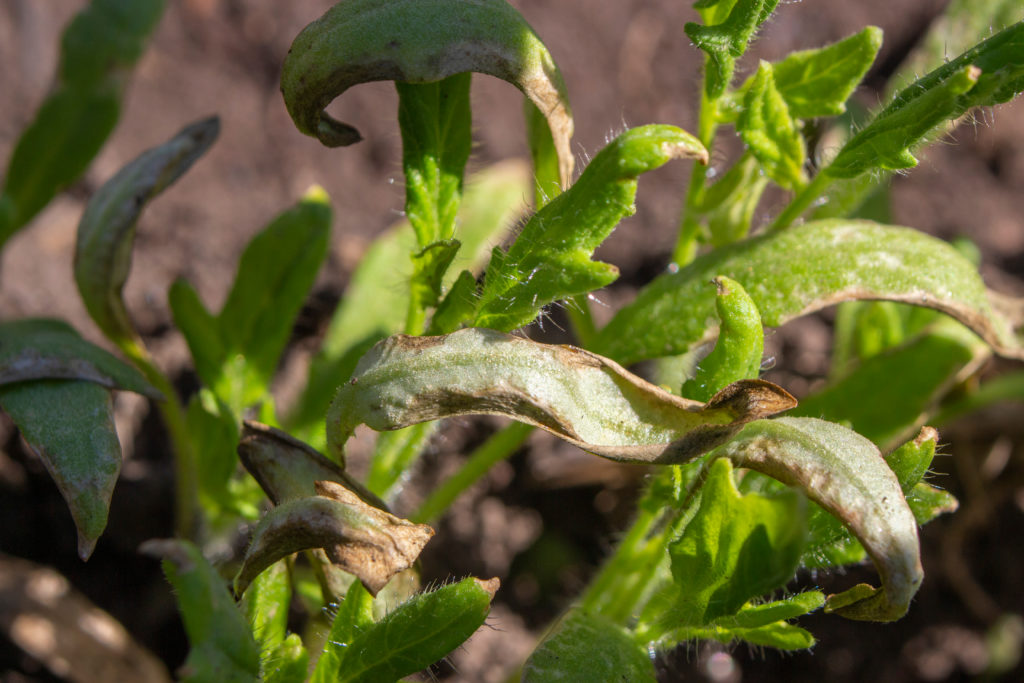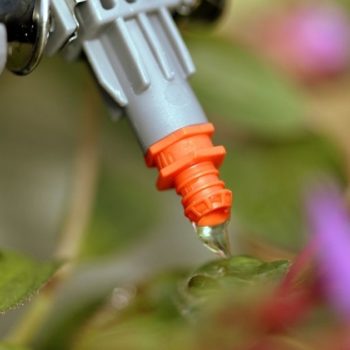
How to help your plants survive a heatwave
Extreme heat can be a challenge for many growers and their plants throughout the summer months.
Overbearing humidity and perpetual dry air can ruin crops. In fact,most warm-season plants like tomatoes and cucumbers prefer temperatures between 68 to 82°F while cooler season plants such as lettuce do well between 53 to 75°F.
When temperatures rise above 90°Fand stay there for long periods of time, your crop could be in danger: Here are some definite warning signs to watch for:
- Wilting leaves –Since water evaporates almost instantly in scorching weather, leaves may wilt and appear burnt along the edges. They might also curl up in order to protect their surface.
- Flowers will drop– Some plants will sacrifice their reproductive goals in order to manage their cooling systems. This could result in fewer flowers and immature fruits. Plants may also shed their foliage to conserve water.
- Plants stop breathing -On hot days, plants are known to close their leaf pores (stomata) to preserve water. But since closed pores also keep out carbon dioxide, your plants could experience stunted growth, a weakened immune system, and become vulnerable to pests and diseases.
- The plant may bolt– In survival mode, it’s not uncommon for some plants to bolt or flower prematurely during a heatwave.

8 steps to prevent heat stress on your plants
While it’s impossible to control the temperature outside, there are ways that you can improve your crop’s tolerance to heat stress before the mercury rises.
In addition to making use of afternoon shade, be sure togo choose native plants with drought and heat resistant attributes. Here are 8 more steps you can take to prevent a heatwave from destroying your crop:
- Mix up your soil – The best garden soil includes clay, sand, and decomposing organic materials. This composition is excellent for drainage and nutrient uptake.
- Prime your seeds – Seeds that have been partially germinated through limited hydration and then dried will grow bigger and better than untreated seeds. Primed seeds are a great choice in hot climates.
- Give your plants some space – When plants are spaced further apart they don’t need to compete for water.
- Water in the morning or evening – Moisture loss through evaporation is not a risk at night or early in the day. This practice will save you water and help you determine your plant’s true watering requirements.
- Add mulch – A top layer of wood chips, shredded bark and strawenhances the soil’s ability to hold moisture and stay cool on hot days. Mulch is great forplants with shallow root systems and also eases competition for water by limiting weed growth.
- Put up some shade cloth – Shade cloth can help shelter plants, especially sun-sensitive leafy greens, throughout the brightest and hottest part of the day.
- Chill the roots– Chilling the nutrient solution down to 60 to 64°F helps cool-season vegetables to perform well in a heatwave.
- Say hello to HYSHIELD – HYSHIELD can increase your plant’s resilience to survive in high heat and cold stress environments.

Every plant has a range of temperatures in which it will thrive. While heat stress can pose a serious risk to plants, growers can easily take steps to them. When fed to plants, our unique formula helps plants fight potential threats – including heat stress. Effective in all growing media HYSHIELD also reduces transpiration without lowering crop output.
- On July 28, 2020


